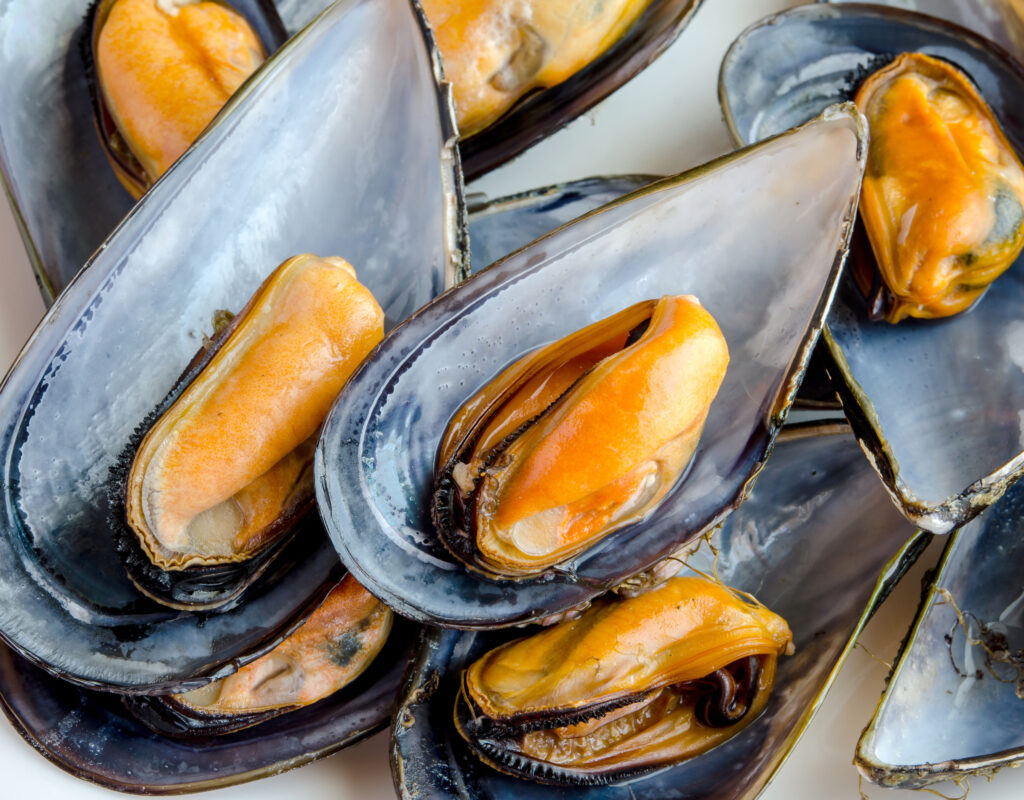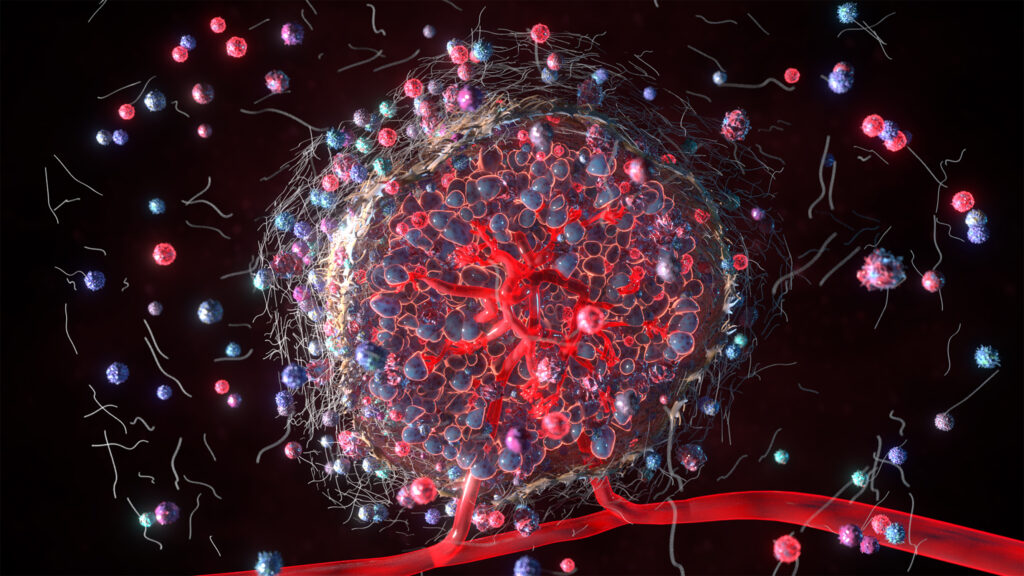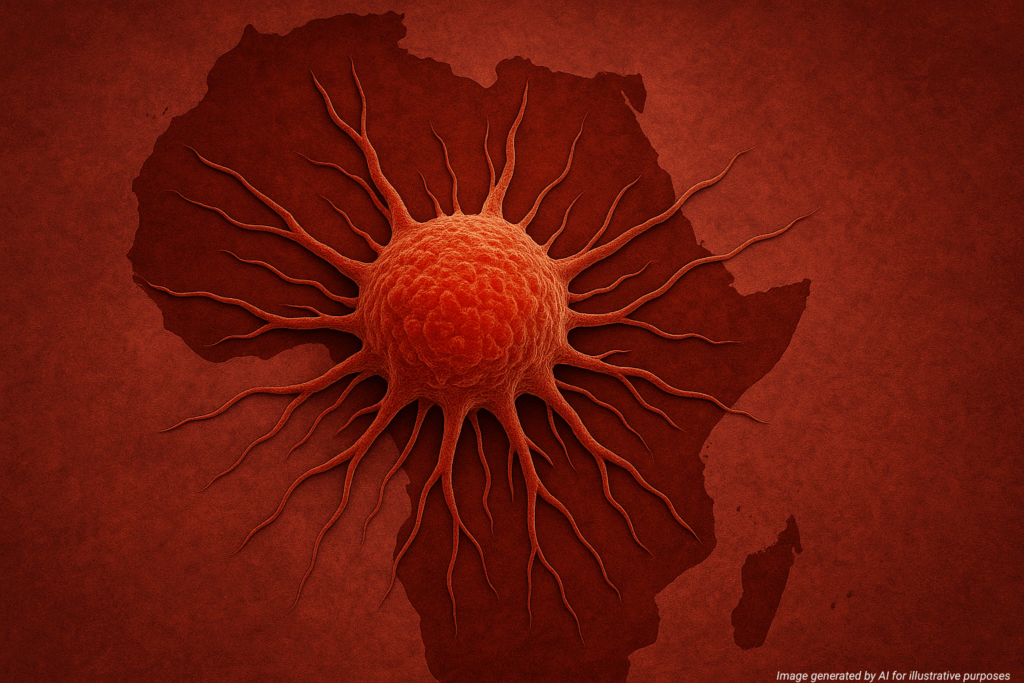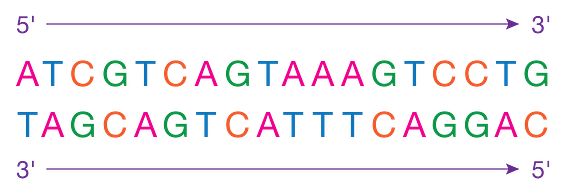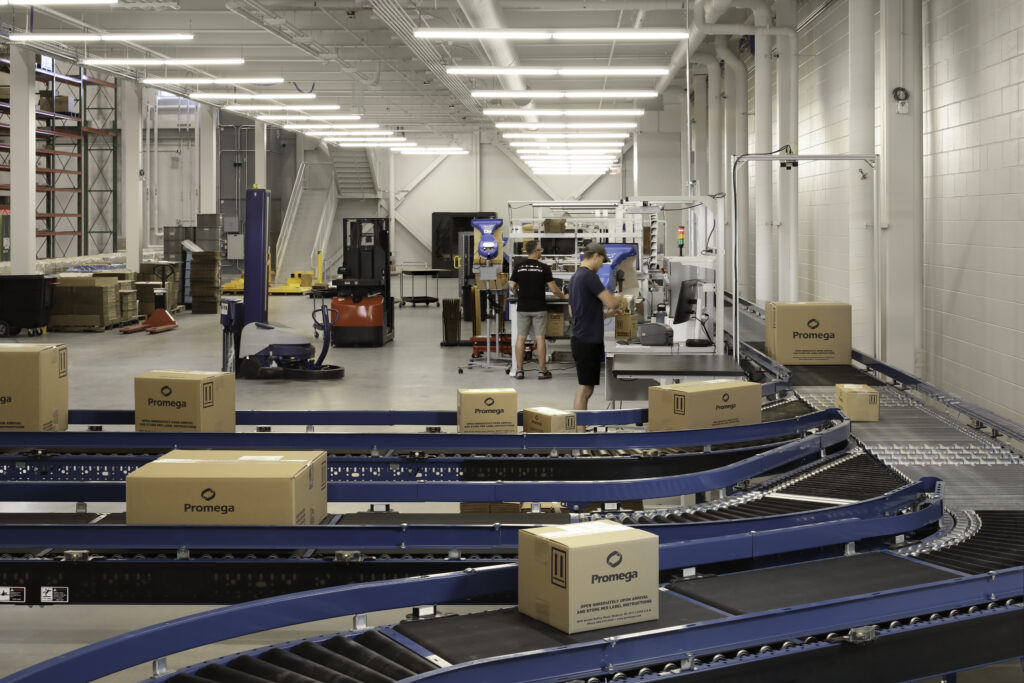
We’re all used to the convenience of online ordering, whether it’s a last-minute birthday gift or a phone charger delivered overnight. That same ease and speed is what scientists expect when ordering critical reagents for their work. At Promega, we get that. That’s why we pledge: You’ll get what you need, when you need it.
For customers in the United States, any order received by 4:00 pm will be delivered the next day. We measure our success in honoring this pledge using a metric called “order fill rate.” Our global order fill rate is consistently above our benchmark of 94.5%, sometimes passing 98%.
But how does that actually happen? With thousands of orders leaving our warehouse every week, it takes more than just good intentions. Here’s a look behind the scenes at how our teams deliver on that promise.
Continue reading “Accurate and On-Time: A Look Inside Promega Logistics”